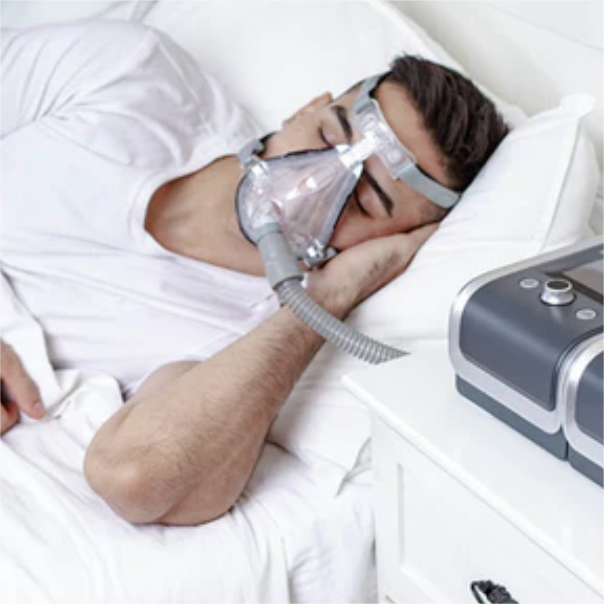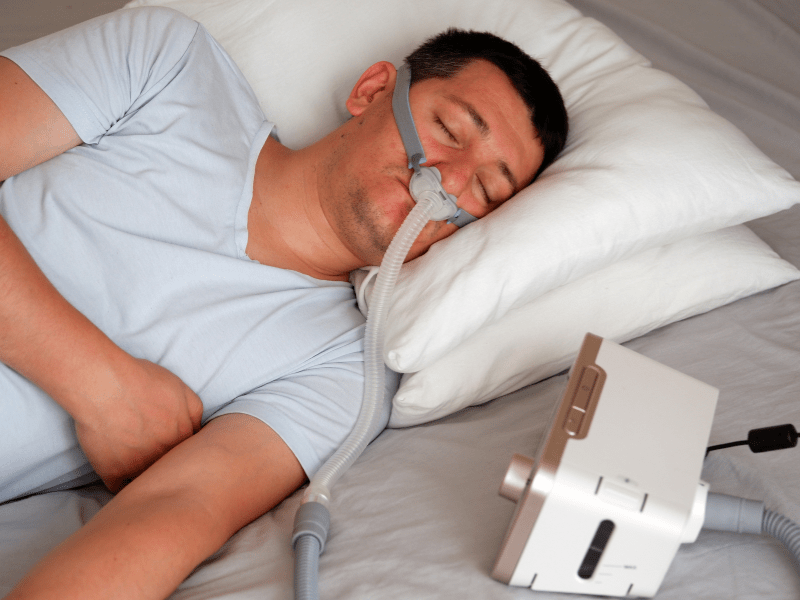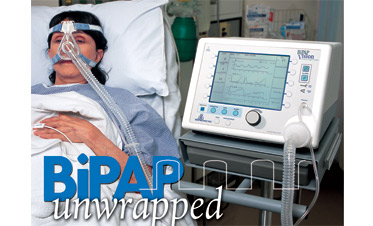Picking the Right BiPAP Rental Plan for Your Demands
Picking the Right BiPAP Rental Plan for Your Demands
Blog Article
Bipap vs. CPAP: Which Is the very best for Your Sleep Problem?
When browsing the complexities of sleep problems, the choice between BiPAP and CPAP treatment is an important consideration. Each method supplies unique advantages tailored to particular problems, yet the choice depends upon individual person demands and convenience degrees. While CPAP provides a stable air movement suitable for obstructive rest apnea, BiPAP's twin stress settings might boost convenience for those with even more detailed respiratory concerns. Recognizing these distinctions can considerably affect therapy effectiveness, leaving one to contemplate which option really straightens with their health requirements and lifestyle.
Recognizing Rest Disorders
Rest problems encompass an array of conditions that interfere with normal rest patterns, impacting both the high quality and duration of rest. These problems can manifest in different types, consisting of sleeplessness, rest apnea, narcolepsy, uneasy leg syndrome, and parasomnias. Each condition presents distinct challenges, commonly bring about substantial daytime tiredness, cognitive problems, and emotional disruptions.
Sleeping disorders is characterized by trouble falling or remaining asleep, while sleep apnea includes duplicated disruptions in breathing throughout rest, commonly causing fragmented remainder. Narcolepsy, on the various other hand, is marked by excessive daytime sleepiness and unexpected rest attacks. Restless leg disorder causes unpleasant sensations in the legs, triggering an irrepressible impulse to relocate them, which can additionally impede the ability to sleep.
The impact of sleep disorders prolongs beyond individual wellness, affecting overall productivity, connections, and lifestyle. Comprehending the particular nature of each problem is important for efficient medical diagnosis and treatment. As sleep health comes to be increasingly recognized as a vital component of total health, resolving these conditions is crucial for boosting both rest high quality and daily functioning.
Exactly How CPAP Works
Constant Positive Air Passage Stress (CPAP) treatment is frequently used as a key treatment for obstructive sleep apnea (OSA) The system of CPAP involves using a machine that delivers a consistent stream of air with a mask put on during rest. This airflow maintains favorable stress in the airway, stopping the collapse or blockage of the throat that can happen throughout rest.
When a patient inhales, the CPAP device gives a continuous flow of air, making certain that the respiratory tract stays open - BiPAP Rental. This not only relieves the symptoms of OSA, such as snoring and interrupted rest patterns, however additionally reduces the associated health dangers, including cardiovascular difficulties and daytime fatigue
The stress setups on a CPAP device can be personalized to satisfy specific person needs, typically figured out via a rest study. People normally undergo titration researches to find the optimum pressure level for their unique condition. Regular follow-up and adjustments may be required to make certain performance and convenience. On the whole, CPAP therapy has actually been shown to significantly enhance the top quality of sleep and total health for people struggling with obstructive rest apnea.
Exactly How BiPAP Works
BiPAP, or Bilevel Positive Air Passage Pressure, is a customized form of non-invasive ventilation that is specifically beneficial for individuals with conditions such as complicated sleep apnea or breathing disorders. Unlike CPAP, which delivers a continuous stream of air at a single stress, BiPAP gives 2 distinctive stress settings: a higher inspiratory pressure for breathing and a lower expiratory stress for exhalation. This dual-pressure approach allows for much easier breathing, lowering the effort called for during exhalation.
The gadget runs via a mask fitted over the nose or mouth, connected to a device that creates air pressure. When the patient these details inhales, the maker provides the greater pressure to help with airflow, ensuring that the air passage continues to be open. Upon exhalation, the equipment automatically lowers the stress, making it much more comfortable for the individual to breathe out.

Key Distinctions In Between BiPAP and CPAP

In comparison, BiPAP (Bilevel Positive Airway Stress) offers 2 different stress setups: one for breathing and a lower one for exhalation. This twin pressure system enables for even more comfortable breathing, specifically for people that fight with exhaling versus a continual stress. BiPAP is often recommended for patients with complicated rest apnea, persistent obstructive go to this web-site lung condition (COPD), or those who call for added assistance throughout rest.
In addition, the intricacy of BiPAP gadgets usually results in a greater price and calls for more cautious titration than CPAP. BiPAP Rental. Understanding these key distinctions can aid in acknowledging which gadget may be preferable for certain sleep problems, setting the groundwork for informed treatment choices
Selecting the Right Treatment
Just how can one figure out one of the most ideal therapy for managing rest conditions? The choice in between BiPAP and CPAP treatment largely depends upon the specific features of the rest problem, the individual's general health, and their convenience with the gadget. CPAP, which supplies a constant stream of air, is typically recommended for obstructive rest apnea (OSA) It keeps an open respiratory tract during sleep, efficiently avoiding hypopneas and apneas.
On the other hand, BiPAP gives 2 levels of pressure: one for inhalation and a reduced one for exhalation. This twin stress system is beneficial for people with complicated sleep apnea or those that experience trouble breathing out against a continuous pressure. In addition, BiPAP is typically recommended for people with breathing conditions, such as persistent obstructive pulmonary illness (COPD), where varying stress setups can enhance comfort and compliance.
Ultimately, a thorough examination by a rest specialist, consisting of a rest research study, can help identify which therapy lines up finest with the client's needs. Aspects such as comfort, simplicity of usage, and certain clinical conditions ought to also be taken into factor to consider to maximize treatment end results.
Conclusion
In summary, both BiPAP and CPAP offer distinct purposes in the administration of sleep problems. CPAP is efficient for obstructive rest apnea through consistent air movement, while BiPAP offers twin pressure setups that enhance comfort for those with complicated rest apnea or breathing problems. The choice between these treatments need to be assisted by private requirements and conditions, requiring a thorough evaluation by a rest Learn More Here expert to ensure optimal therapy outcomes and improved top quality of sleep.

On the whole, CPAP treatment has actually been shown to considerably enhance the top quality of sleep and total health for individuals suffering from obstructive sleep apnea.
BiPAP is frequently advised for patients with intricate rest apnea, persistent obstructive pulmonary disease (COPD), or those that call for additional assistance during sleep.
CPAP is efficient for obstructive rest apnea via regular air movement, while BiPAP provides dual stress setups that enhance convenience for those with complicated sleep apnea or breathing issues.
Report this page